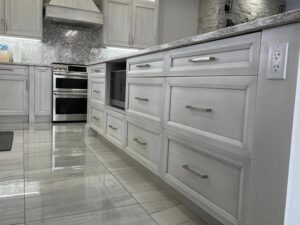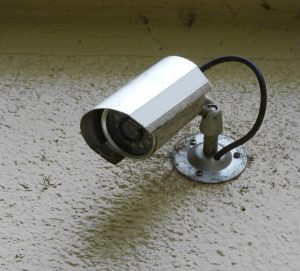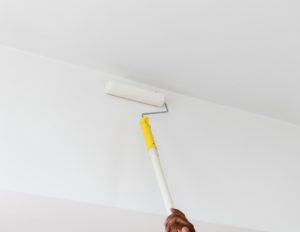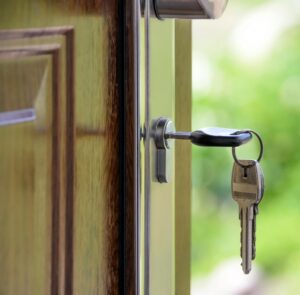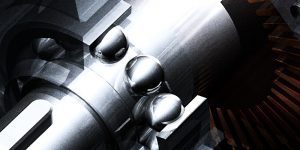Protect Your Home By Making Sure It’s Wildlife Proof
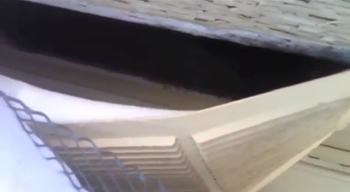
In this day and age, no matter how old or new your home is, you may still end up one day needing help proofing your home from wildlife. Why? For one simple reason and that being that all sorts of wild animals are strong enough to break into a home.
Protecting your asset, your home
When it comes to the value of your home, a little can go a long way. A leaky faucet that goes unchecked for a number of years will accumulate a huge cost and in most cases, only gets worse. This same example can be applied to the problem of harbouring wildlife. Some animals can go years living in an attic or in the walls of a home without being detected, and usually only when something has gone wrong (i.e. electrical damage, high heating or air conditioning costs).
That’s when the problem has gotten worse, and could have been completely avoided if annual wildlife inspections where setup; a lot of money could have been saved.
What are the long term costs of harbouring wildlife?
There are many. I’ll list the most common sense costs below:
- heating/air conditioning increase
- severe property damage
- electrical damage
- insulation damage
- odour removal costs
- cleanup costs
- sanitization costs
- risks to personal health
- even death
There haven’t been too many reported deaths due to harbouring wildlife, but if a family member or yourself is bit by a wild animal that’s carrying rabies, the outcome is never positive. Rabies and the other risks listed above are true examples of the type of damage a homeowner can expect to have to deal with if wildlife has been living in their home for sometime.
I’ve seen costs due to wildlife soar above the $10,000 mark many times and almost every inspection yields evidence that a simple inspection could have contributed to avoiding the entire problem.
Wild animals have a knack for going undetected
The thought of wildlife living in an attic doesn’t always come to a homeowners mind and if the animals are small and quiet like mice, they can go undetected for long periods of time. Larger animals like squirrels and raccoons can also go undetected for long periods of time, if they’ve set up shop in parts of your home in which their scampering doesn’t get heard a lot.
Places where wildlife can nest without much human knowledge are the following:
- corners of the attic
- places in your basement
- in the walls of anywhere in the home
- in unused pipes
- in the walls near window sills
- between windows and shutters
- virtually anywhere
There’s also the chance that the animals don’t make full nests, but instead visit from time to time. Even less frequent visits can over time become a huge liability because as the years pass, although they only come and go, they can still do quite a bit of damage.
The problem persists with bats and birds
Bats and birds are much more quieter than other forms of wildlife and detecting them can sometimes take quite some time. If there aren’t any visible signs that they’re living in your home, realizing they’re there without any assistance can result in long-term damage and costs as well.
Visible signs of bats and birds harbouring in your home are generally found though visible droppings scattered around certain areas of your home, but if their entrance point is somewhere secluded like near the side of your home where there are a lot of trees and bushes, finding out they’re there without an inspection could take years. I don’t mean to press the point but this type of scenario is how long term and costly damage to your home can incur.
Are there many trees near your home?
If there are many trees and even a forest close to your home, you can bet the farm your house has at one point in time been subject to the break in attempts by wildlife. Trees provide isolation and privacy for wildlife trying to get in. A forest indicates there are hundreds of various animals that can at any given time make an attempt to get in. With these type of statistics, to the considerate homeowner, the call to annual inspections seems most reasonable.
If you do have plenty of bush and trees surrounding your home, there is that chance that you’re harbouring wild animals and an inspection will most likely prove this, no matter how old or new your home is.
Can I increase the value of my home with annual inspections?
When I bring this up to customers they’re at first surprised to find out that indeed they can increase the value of their home if they sign up for annual inspections especially if they’re living in an area prone to wildlife intrusions. The value in inspections reside in the fact that a. after your home is inspected, if there are signs of wildlife, after the inspection and removal, they can be prevented from entering again; b. this ensures the future homeowner that there is no potential for future damage to the home, and c. annual inspections proves you’ve done your due diligence in keeping your home safe from wildlife, wildlife damage and even disease from entering the premises.
To make a long story short, the fact that you’ve had annual or bi-annual inspections can be used as leverage when negotiating the selling terms of your home.
What should I do right now to prevent damage to my home?
If you have any worries or beliefs that wildlife are living somewhere in your home or that there’s a high possibility that they can and will, call the professionals for an inspection and most importantly, setup inspections on a regular basis. Most wildlife control companies will be glad to visit your home on an annual basis to make sure there are no intrusions. Remember, an inspection will root out any potential problems of which can be addressed and resolved on the spot which will prevent animals from ever getting into your home in the first place.
